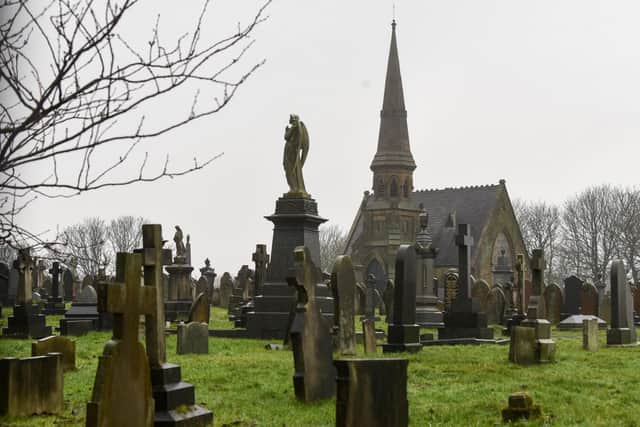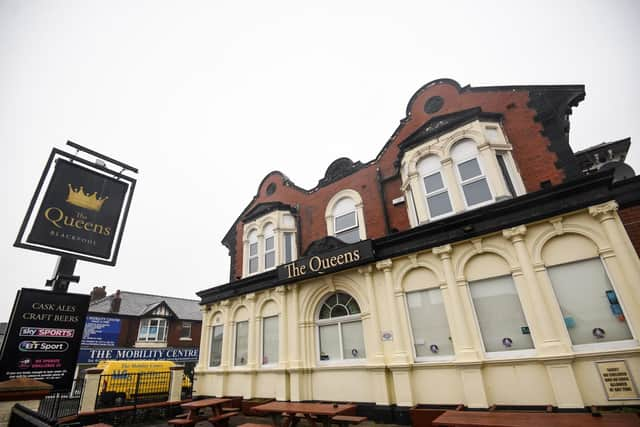No objections to Blackpool's newest conservation area
and live on Freeview channel 276
Public consultation was held during September and October into the scheme to protect the heritage of the neighbourhood which was one of the original medieval settlements from which Blackpool grew.
Architectural highlights include the Grade II listed chapel in Layton Cemetery as well as the library, former tram stop, and Queens Hotel.
Advertisement
Hide AdAdvertisement
Hide AdThe conservation area will now be formally adopted with the necessary legal notices set to be published.


A council report says “the area has been assessed as being of special architectural and historic interest”
It adds: “Designation will enable greater local development management control to help safeguard the historic character of Layton whilst encouraging appropriate and high quality design for any new development.”
Layton Conservation area will focus on Layton Cemetery and stretch down Grange Road to cover locally listed buildings including the library, former tram stop, Queens Hotel, adjacent terraces and Salem Layton Methodist Church.
Advertisement
Hide AdAdvertisement
Hide AdIt will also include the locally listed Jewish cemetery, Layton Institute and bowling green, St Mark’s Parish Church as well as good examples of little altered workers’ housing at the north east end of Layton Road opposite the bowling greens.


It is the fifth new conservation area in Blackpool since 2008/9 following on from the designation of Raikes Hall, Foxhall, Marton Moss and North Promenade.
Since then the existingTown Centre Conservation Area has also been expanded, while Stanley Park is also part of a conservation area.
Modern-day Blackpool developed from the medieval manorial holdings of Bispham to the north, Layton to the south, and Marton and Carleton to the east.
Advertisement
Hide AdAdvertisement
Hide AdToday Layton boasts a mix of late Victorian, Edwardian and interwar residential and commercial buildings.
* Thanks for reading. If you value what we do and are able to support us, a digital subscription is just £1 for your first month. Try us today by clicking here